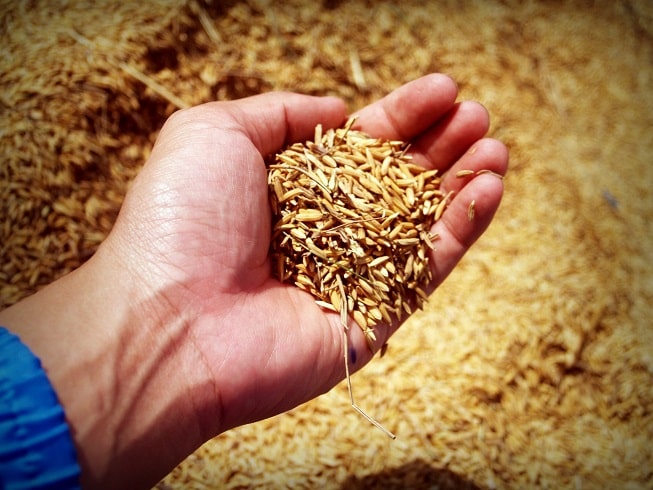Need Help?
Let our team of experts help you.Innovation in Agriculture
Research and development (R&D) in agriculture can affect a wide range of other industries. New farming techniques can lead to manufacturing and engineering advances, while innovative approaches to how food is handled and processed can benefit the whole supply chain
Many farmers engage in R&D without even realising it, as they look for new opportunities and ways to gain a competitive edge in a difficult market. Much of this work qualifies for R&D tax credits, which were introduced to encourage innovation in UK industry.
Vertical farming, the use of drones and developments in robotics are just some examples of recent R&D in agriculture. Companies involved in any aspect of the industry could benefit from an examination of their activities with a view to submitting a claim for tax relief.
Examples of eligible activities
- Designing new machinery or components
- Creating new fertilisers or pesticides
- Researching new techniques to maximise yield
- Creating new processes to reduce wastage
- Developing automated farming processes
- Development of technology to support farming
An equine sales firm was looking for a more efficient approach to monitoring pregnant horses, as 24-hour supervision was required during the potential labour period.
It created an alert system to be physically triggered when labour began, with a signal transmitted to staff mobile phones. Although the solution has not yet met the company’s stringent standards, R&D continues in a bid to create a reliable and effective system.
When an animal feed manufacturer found its products were falling short of the quality standards demanded by customers, it invested time in research and testing its machinery. After identifying areas for improvement, it redesigned how some of the machines operated and created a bespoke process to improve the nutritional quality of the feed.
A poultry processing company developed a range of products with new ingredients but found the desired browning effect was lost from its cooking products.
In order to meet customers’ expectations of how the product should appear, the firm experimented with alternative seasoning and processing methods. It developed a new preparation method, which helped replicate the flavour and appearance of more traditional products.

